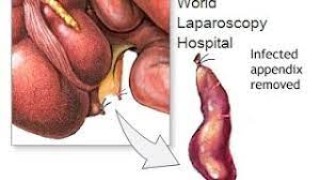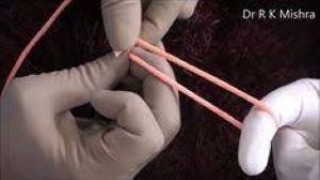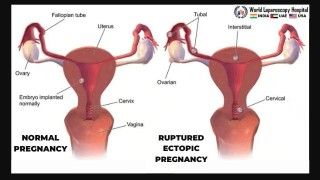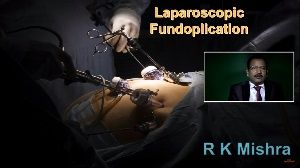Exploring Extra-Peritoneal Hernia Surgery: Techniques and Outcomes for Improved Patient Recovery
Add to
Share
1,828 views
Report
2 years ago
Description
This topic will delve into the world of extra-peritoneal hernia surgery, which is a minimally invasive technique used to repair inguinal hernias. The focus will be on the different techniques and approaches used to perform this type of surgery, including laparoscopic and robotic-assisted techniques. The discussion will also include the benefits of extra-peritoneal hernia surgery, such as reduced recovery time and fewer complications, and the outcomes associated with this procedure. The goal of this guide is to provide surgeons with a comprehensive understanding of extra-peritoneal hernia surgery, allowing them to make informed decisions about the best approach for their patients. Extra-peritoneal hernia surgery is a type of hernia repair that involves accessing the hernia through a space outside of the peritoneal cavity, the abdominal space where the organs are located. This technique offers several advantages over traditional intra-peritoneal approaches, such as less pain, faster recovery, and reduced risk of complications. In this comprehensive guide, surgeons can explore various techniques and outcomes associated with extra-peritoneal hernia surgery. The guide covers preoperative evaluation, patient selection, surgical techniques, postoperative care, and possible complications. It also provides tips and strategies for optimizing surgical outcomes, including laparoscopic and robotic-assisted approaches. Whether you are a seasoned surgeon or a trainee seeking to expand your knowledge and skills in hernia surgery, this guide provides valuable insights and practical advice for achieving improved patient outcomes in extra-peritoneal hernia repair. Extra-peritoneal hernia surgery is a minimally invasive surgical technique used to repair hernias that occur outside of the abdominal cavity. This type of hernia is called an "extra-peritoneal" hernia because it occurs in the space between the peritoneum (the lining of the abdominal cavity) and the abdominal wall. Unlike other types of hernias, extra-peritoneal hernias do not involve protrusion of abdominal contents through a hole or weak spot in the peritoneum itself. The extra-peritoneal hernia repair procedure involves making a small incision near the site of the hernia and inserting a laparoscope, a thin tube with a camera attached, into the incision. The surgeon then creates a small pocket in the extra-peritoneal space using specialized instruments. This pocket provides space for a mesh patch, which is placed over the hernia defect and secured with sutures. The mesh patch reinforces the area and prevents the hernia from recurring. Compared to traditional open hernia surgery, extra-peritoneal hernia surgery has several benefits, including a shorter recovery time, less pain, and a reduced risk of complications such as infection and bleeding. It is often performed on an outpatient basis, meaning patients can go home the same day as the procedure. However, like any surgical procedure, extra-peritoneal hernia surgery also carries some risks, such as nerve damage, bleeding, and infection. It is important for patients to discuss the risks and benefits of the procedure with their surgeon and to follow post-operative instructions carefully to ensure a successful recovery. Overall, extra-peritoneal hernia surgery is a safe and effective treatment option for patients with this type of hernia, offering improved outcomes and a faster return to normal activities.
Similar Videos






